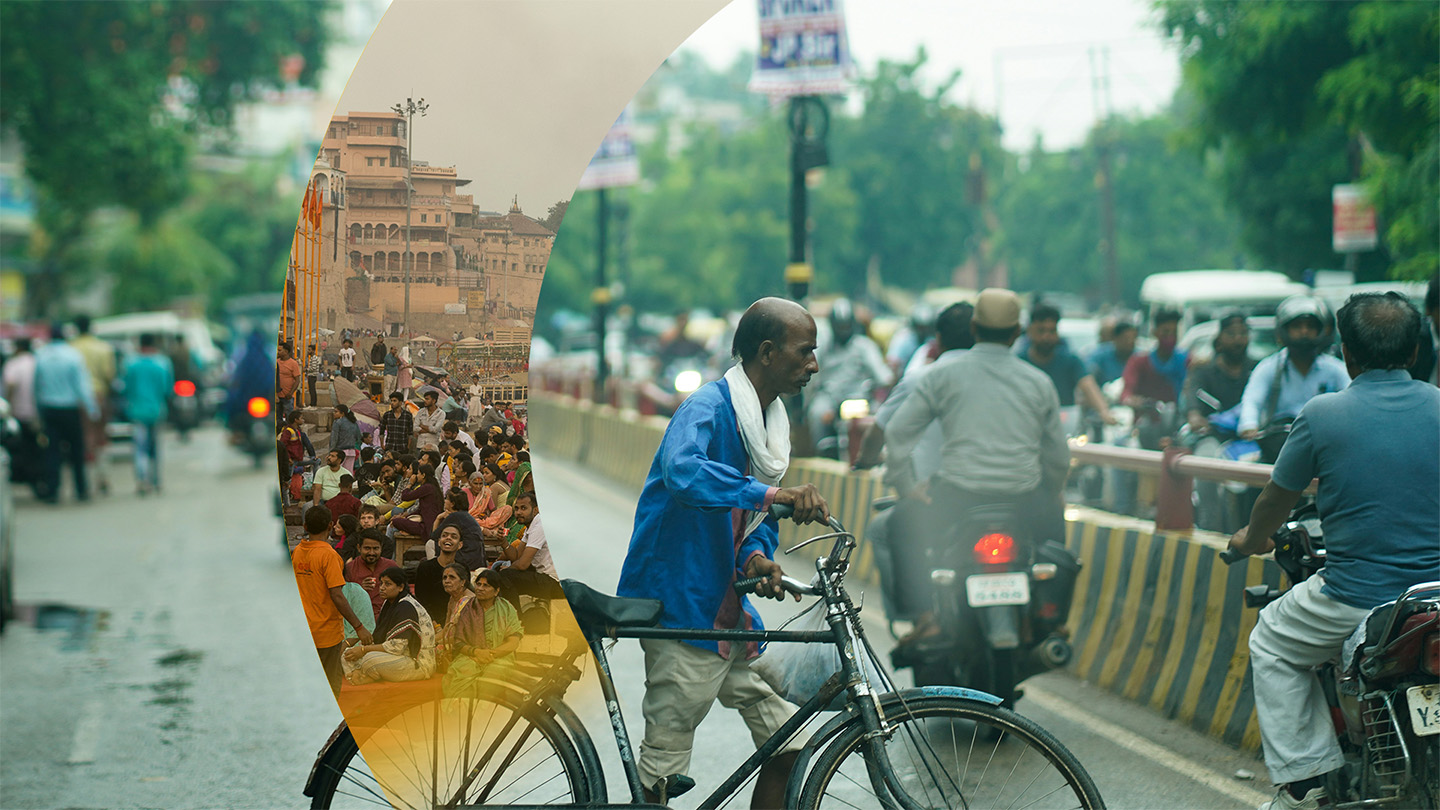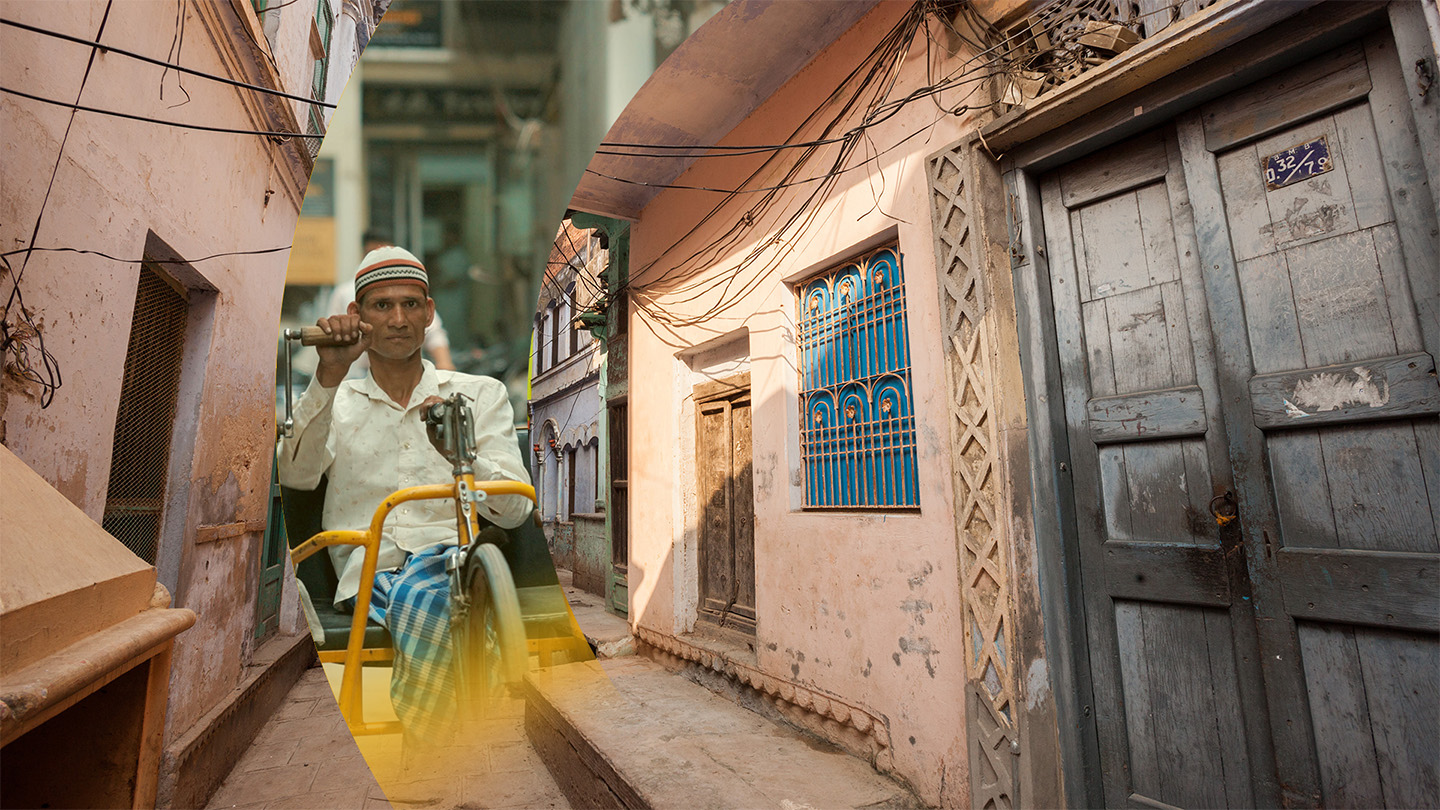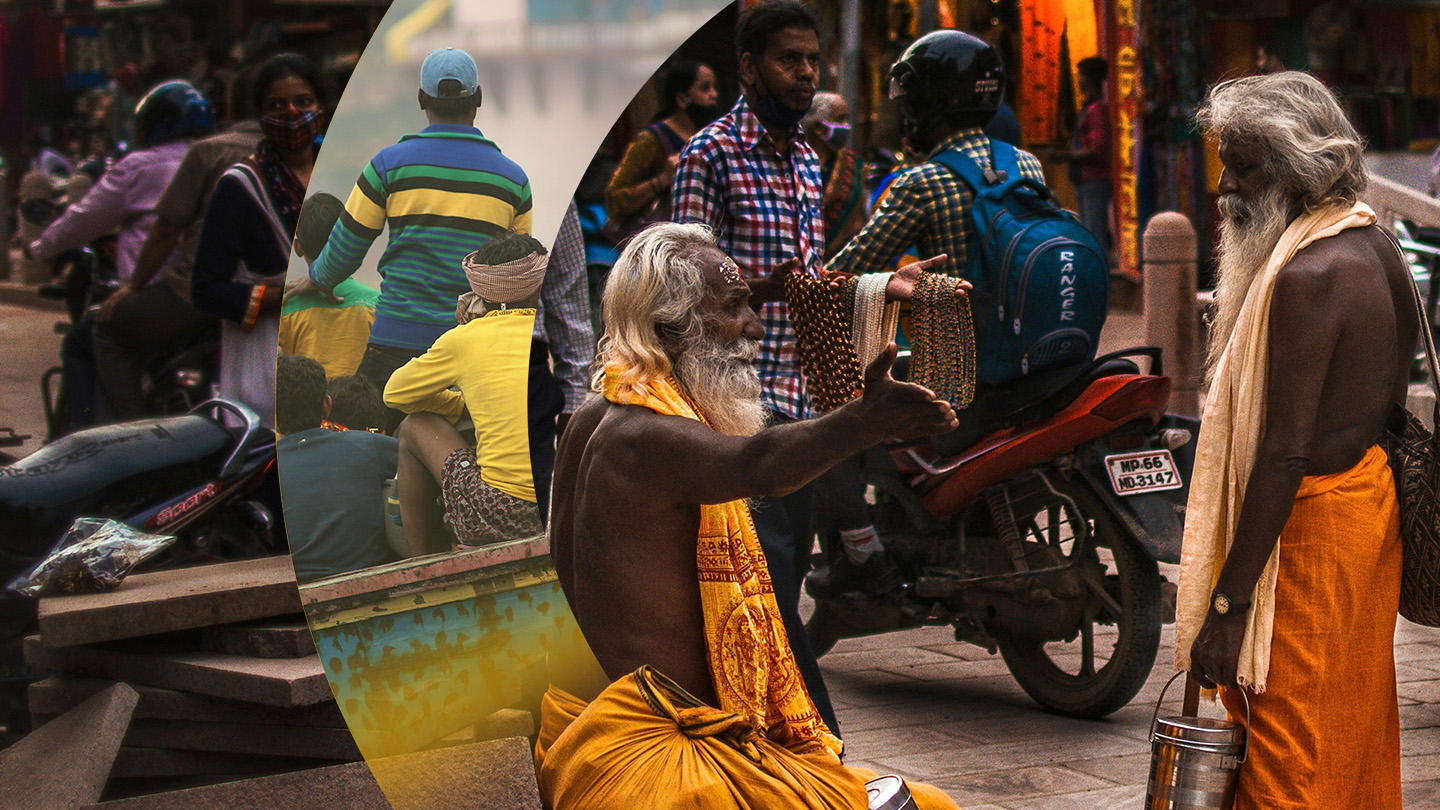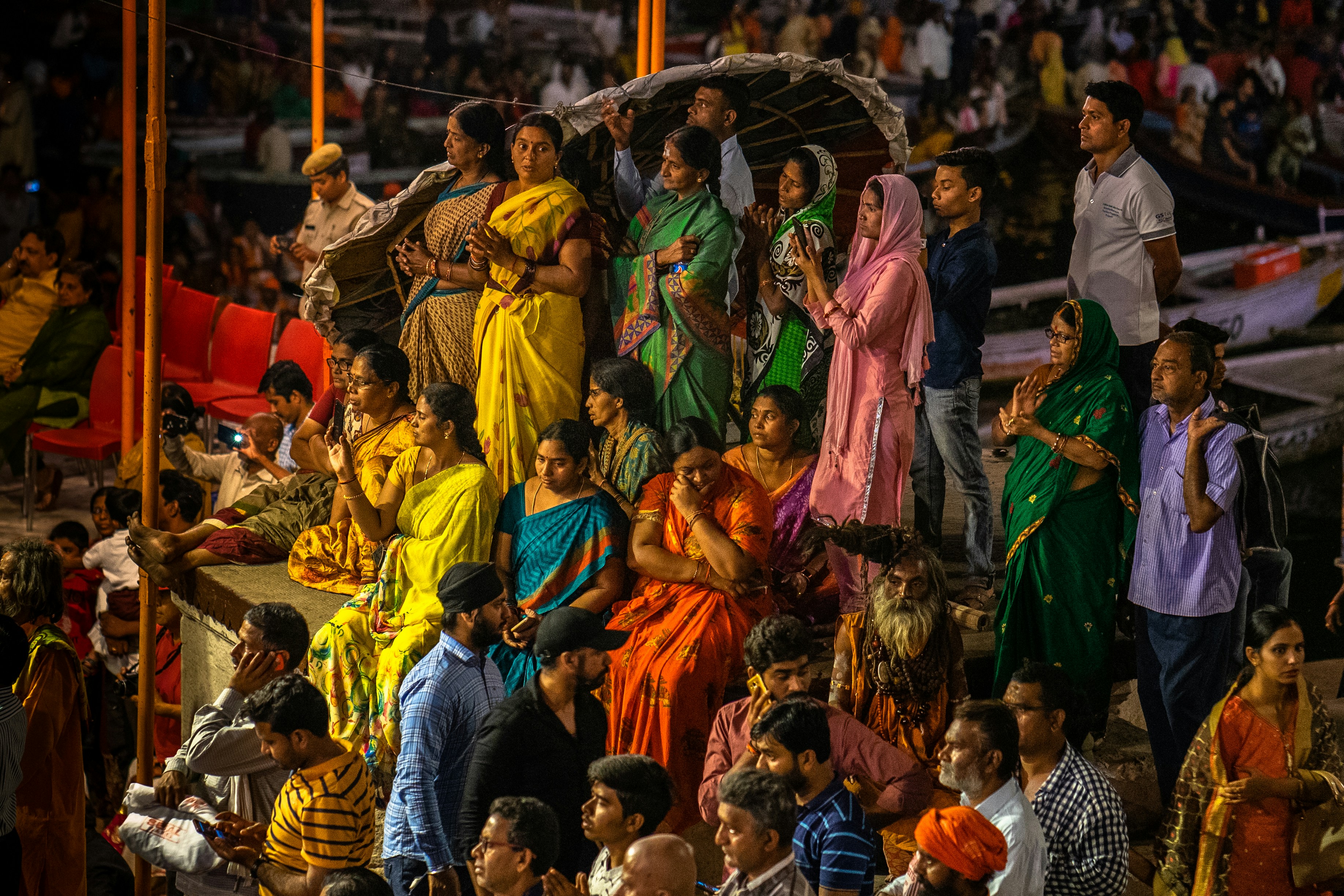We are looking for innovators to create innovative, data-driven solutions that make crowded areas of Varanasi's old city of Kashi safer and more accessible for all.
Entries for this Challenge are now closed.
Sustainable Cities Challenge Varanasi is now open for entries!

Create innovative, data-driven solutions that make crowded areas of Varanasi's old city of Kashi safer and more accessible for religious tourists, local residents and vulnerable populations (such as elderly people and people with disabilities).
Successful solutions might include:
We are supporting innovators to develop solutions by providing:
All funding must be used to develop, test, demonstrate, and implement solutions in the City of Varanasi.


The City of Varanasi is located in Northern India along the Ganges River. It is thought to be one of the oldest cities in the world and is an incredibly important pilgrimage site.
Large volumes of people visit Varanasi's old city (Kashi) every year for pilgrimage, end of life traditions, and other religious and cultural activities. In 2022, the annual floating population was estimated to be 35 times the local population.
The old city comprises narrow, winding lanes, making it difficult to build infrastructure to accommodate the influx of people. A growing number of private vehicles are used to navigate these lanes, which contributes to a complex environment prone to crowding.
Varanasi seeks to attract pioneering solutions that will enable more effective crowd management, and in doing so position the city as a global success story.
Eligible entries that best meet the judging criteria will be invited to participate in the semi-finalist stage.
Entries that do not meet the below criteria are not eligible for the Challenge.
If your entry proposes a new idea, we expect that you will own all the resulting intellectual property, which may be registered on a local basis if you are selected for participation in the Challenge. The Challenge would not be able to give you specific legal advice on the protection or exploitation of intellectual property.
The judging criteria will be used to evaluate the suitability of an entry for the Challenge and its potential for impact.
The solution is different to what has been tried in Varanasi before; it is clearly tailored to the unique needs of the city and takes a creative multi-disciplinary approach to addressing the problem.
The solution significantly and tangibly increases the safety and accessibility of crowded areas of Varanasi's old city of Kashi for the target groups (i.e. local residents, religious tourists and vulnerable populations, such as elderly people and people with disabilities).
The solution is data-driven and evidence-based.
The solution is viable beyond the lifespan of the Challenge. The solution is future-proofed, accounting for the evolving nature of the city.
The solution has the potential to scale or to be replicated in other contexts.
The innovator team has the capacity and wider resources to develop and demonstrate their solution within the Challenge timeframe.
